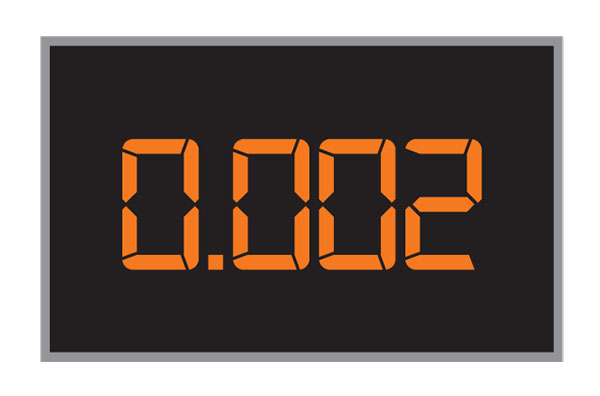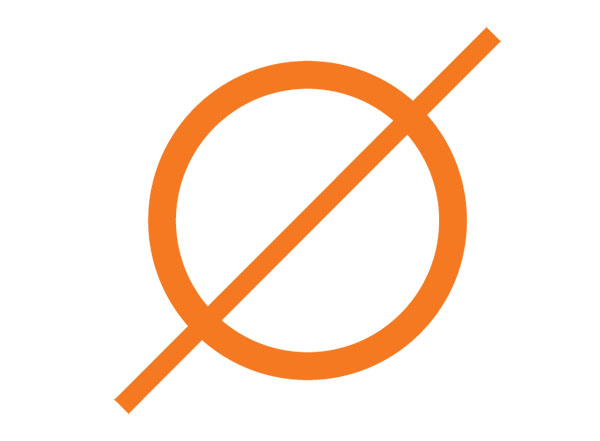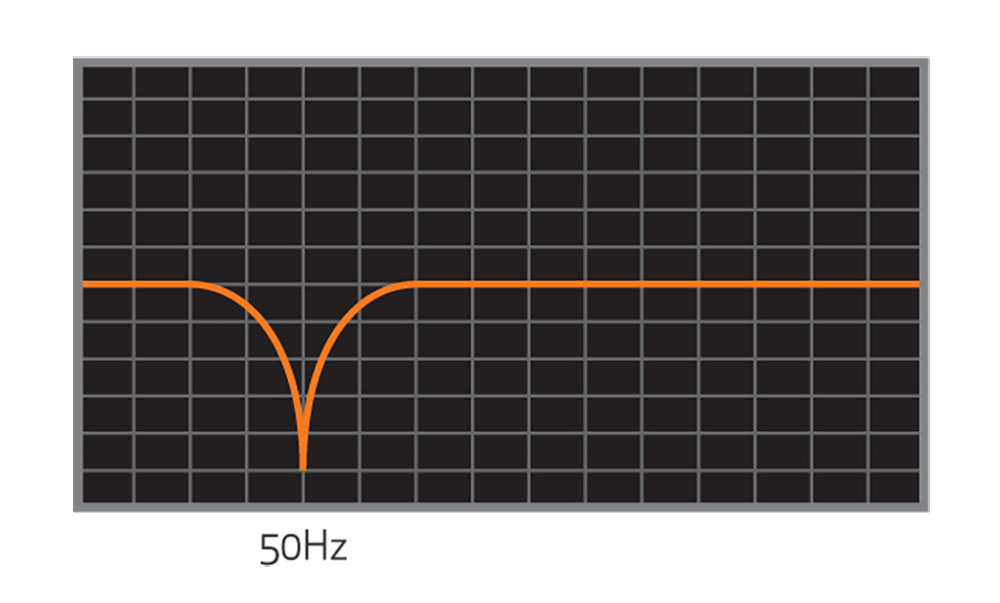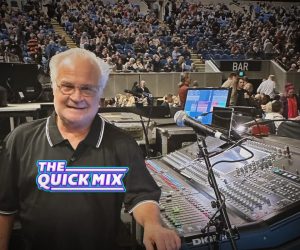
Arena Tips: Tight Bass
We caught up with Anatole Day early in 2016 when he was out with Guy Sebastian on his regional tour. We talk big-system mixing and low end.
Tutorial: Anatole Day
I’m always aiming to mix in big rooms with big PAs. I love to move a lot of air. Pushing out a wave that’s physically moving people is pretty cool; that’s a lot of power at your finger tips.
I like my bottom end. If I go to a gig and there’s not enough, I feel disappointed, like it’s underpowered and needs a kick in the guts.
I also know first hand just how quickly bottom end can get away from you if you’re not careful, especially in large rooms.
I cut my teeth doing a Queen tribute show. We went from playing RSLs to doing arenas across Canada and the US within 12 months. These were often big ice hockey arenas holding 5000-6000 people and it was a steep learning curve for me.
One thing that consistently plagued me in those early days was bottom end.
Getting bottom end under control was always a struggle. But I found that as soon as you get the kick and bass working together then you could build your mix on those foundations. If you didn’t tighten that up, then one kick hit will merge into the next and just build up from there. Before you know it, you have a constant rumble without any definition.
It’s so important that I quickly moved past caring about how annoying I might have seemed to others. My drum tech was sick of the sight of me. I had him on the kick drum so long at soundcheck he had to swap feet. ‘I’m sorry to do this to you, but if I don’t get it tight I’m going to hate the mix, then everyone else will hate the show.’
I would spend nearly an hour prior to every arena show just getting the kick and the bass to sit together correctly. As soon as I got that combination tight, almost everything else would sit where it was supposed to.
After my Queen tribute tour of North America I’ve subsequently been on a stadium tour with Guy Sebastian as support for Taylor Swift. It was a dream come true. I would love to do stadium touring my entire life. There are a lot of challenges that come with it, but when you get it right there’s nothing like it — you get a lump in your throat, take a step back and soak it in.
MIC CHOICE, RIGHT PLACE
The right mic in the right place is always the first place to start.
Kick: I’ll mostly use a Sennheiser e901 inside the kick to get more of the beater and an e602 to get more of the sound of the drum.
Bass: I’ll run a DI and usually a Sennheiser MD421 on the cabinet.
With two mics or a mic/DI combination, always check for phase — pop the button in and out and listen, it can make a huge difference.
FURTHER READING
Check out Howard Page’s ‘Shelve the Low End’ article. If you find that interesting then graduate to Howard’s in-depth tutorial on how to tune a large-scale PA.
Howard Page: “Many large venues around the world have an RT60 in the low frequencies that’s so long it will tend to ‘hold on’ to low notes, and in the case of a kick drum this hold will extend beyond the typical 4/4 timing of most rock music. The result is a complete mess — boomy, unintelligible low-frequency energy that ruins the show experience for the audience.
When setting up the balance between the low frequency elements of the main sound system and the sub-bass systems it’s vital the balance be very carefully matched. The sub-bass systems should only ever be set as an extension of the main system low-end, not as a separate (often louder) entity.”

CHANNEL DELAY
Most digital consoles will allow you to delay individual channels. This is good news when you need to line up two lines from the same source. Delay one mic slightly so they’re hitting at the same time, which is helping with your phase. The rule of thumb is 1-foot difference between sources equals 1ms of delay.

PHASE SET TO STUN
Phase is especially important for low end. When two sources are out of phase you can really lose the guts of the sound. Even if your mic placement is exactly the same night-in/night-out it’s still always worth hitting the phase flip button on one of the two source channels to hear which alternative is best.

NOTCH EQ
Every room is different and will have its own sonic idiosyncrasies. Certain frequencies will linger and build up in the room, which contributes to a lack of solidity in your sound. Spend the time finding which frequencies you need to tame to maintain a solid response from your bass guitar and kick.

SYSTEM EQ
Once the rest of the band is in the mix you can use the system graphic EQ to further tame rogue frequencies in the low-mids and LF. Remember: we all love low end but not at the expense of punch and hearing the fundamental notes of the bass guitar.
















RESPONSES